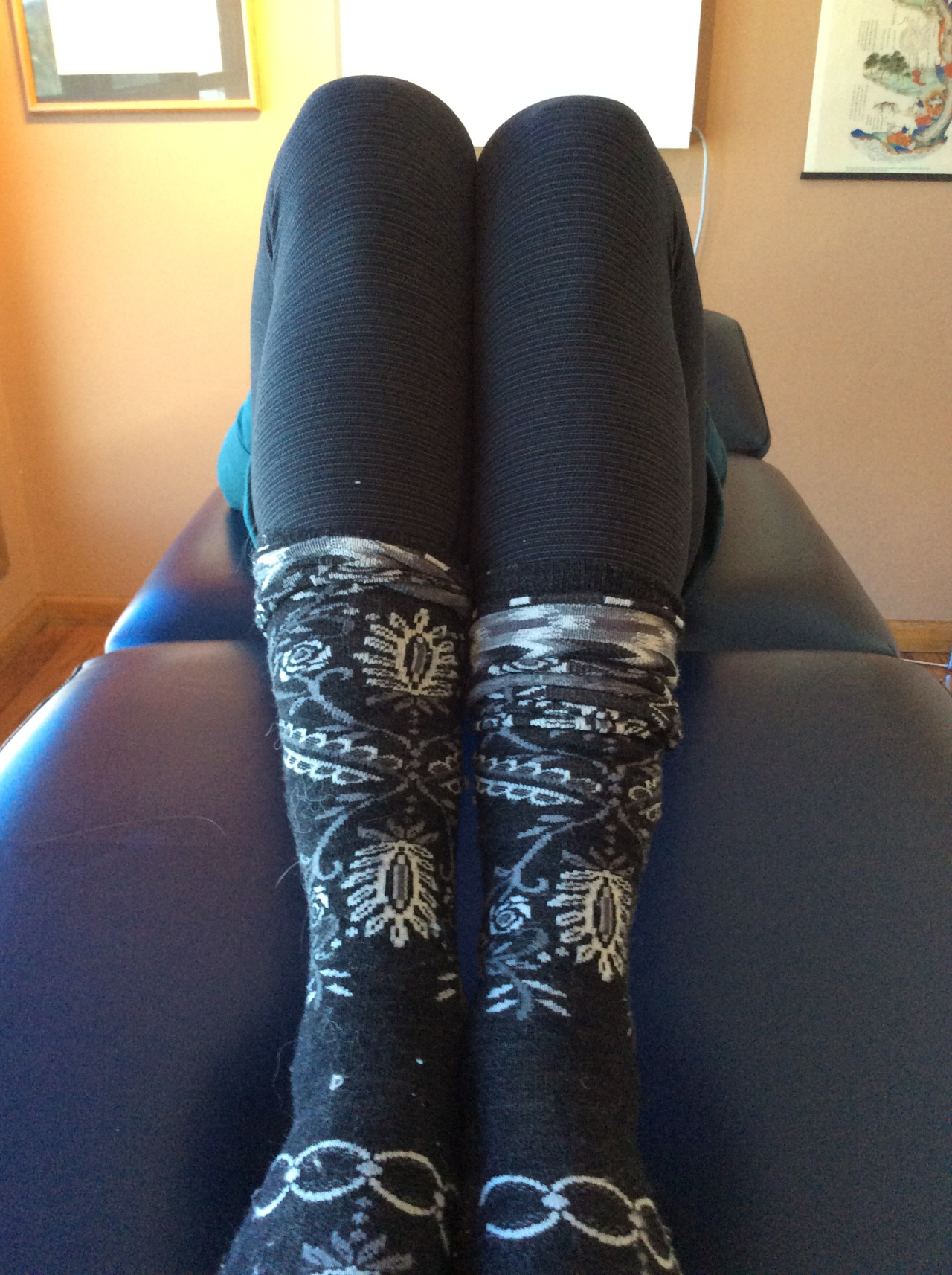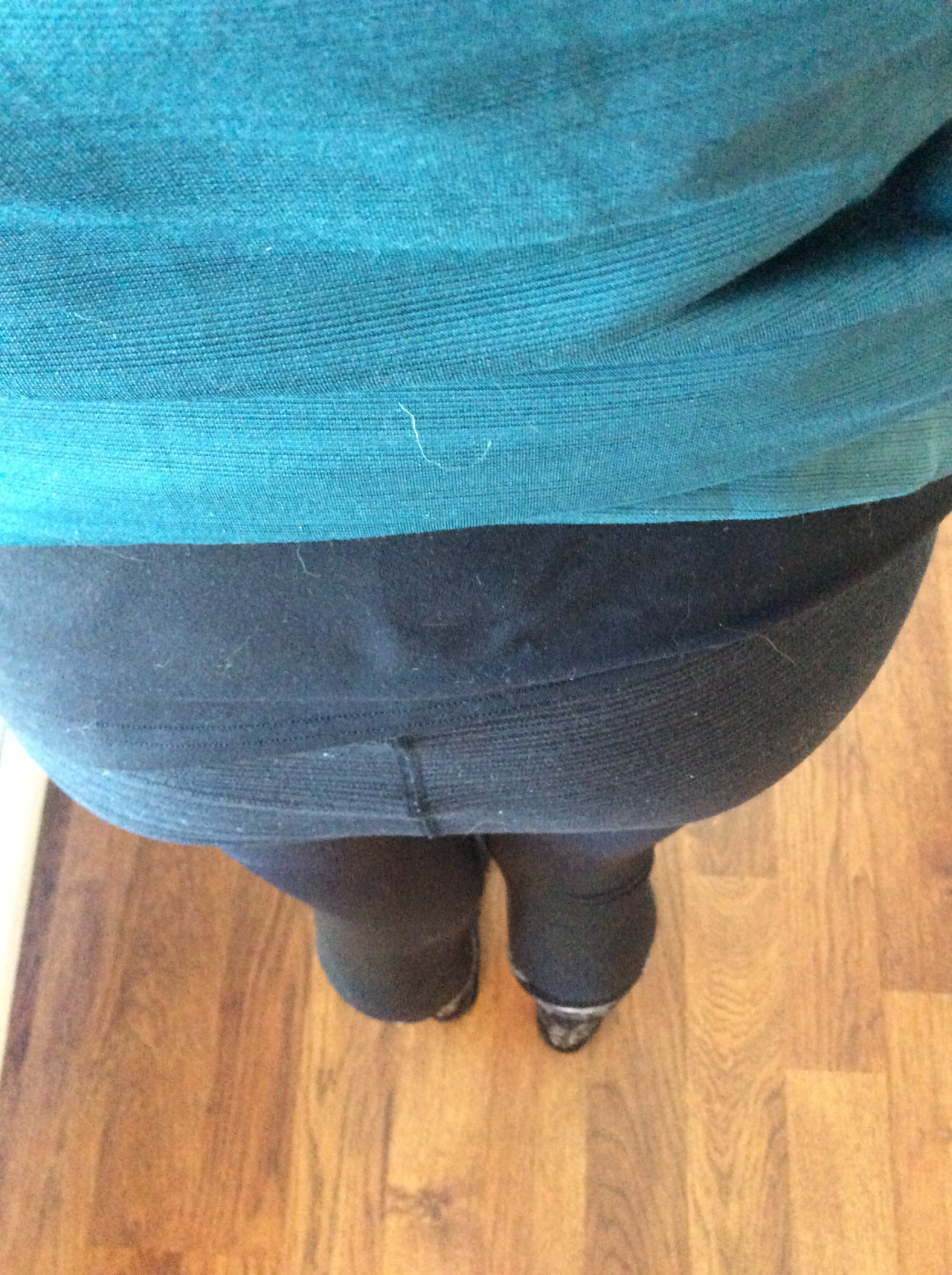Extension Thrust Gait /Varus Thrust Gait
/Getting inside Dr. Allen's head again:
Last night i was asked to watch a client's gait and assist in the case. It was clear what we were seeing what initially was an "extension thrust gait" (note: i did not video the case, the video posted here is not the client but depicts an extension thrust well). The client had gradually also developed a Varus Thrust gait, which I have written about here several times in the last 2 months. The extension exaggeration often goes with the Varus Thrust gait. The do not have to be paired, but it is easier to go into Varus at the knee if one hyperextends first. Go ahead, stand and lock one knee back and feel the tendencies to move into varus slightly. Valgus is not likely in most people unless some predisposing OA welcomes it.
My point here today, is 2 fold.
These abnormal thrust variants are subtle at the start. To be the best you can be to your client, you have to find these problems in their infancy before they become enormous joint ranges that are impossible to correct, not to mention their soft tissue, ligament, and cartilaginous derangement and maceration. In the case I saw last night we added a sole lift to the entire foot-shoe.
Why? because a client that hyperextends also eats up some of the leg length by folding the knee posteriorly. This, when combining the extension thrust, and in their case, the varus thrust as well, it causes an Anterior Pelvis dumping on that same side, this facilitates further quad loading and thus further extension knee joint drive. It is a viscous cycle. See it in the video here, there seems no way out. The knee load is retrograde. This all creates a functional short leg, furthering the viscous loop. One has to bring the ground up to the shorter leg so help them "feel" the longer leg, thus helping them find the glute to help reorient the pelvis more posterior-ward, gait more finesse of the extensor mechanism (quads mostly). Then we added some kinesio-Rock tape to the posterior knee, applying it in relative knee flexion so that there was some biofeedback as to when they were exceeding knee neutral, moving too far into extension. This sensory motor relearning is critical, without it, they will be dependent upon devices. But the time the client left, with these in hand (foot :) : 2mm sole lift, awareness of aberrant knee extension strategy and varus thrust, how to co-contract the adductors to minimize the varus thrust and a neutral pelvis posture using more glutes (to also help them engage the adductors off the new neutral pelvis), and some flexible biofeedback tape application . . . . the client left with zero extension and varus thrust........and much work to do moving forward.
You have to see these things in their infancy, and that means you have to first recognize them, know how to negotiate around the numerous complicating components of all of them, and not train them deeper into it first of all. Recognize, restore, retrain.
Ala Neil Degrasse tyson: "facts, knowledge, wisdom, insight", . . . in that order.
PS: Oh, the client also had a deeply embedded scoliosis that i had to juggle (there were 5-6 balls going here at once) that was further driving the anterior pelvis drop on the affected side into a torsional pelvis distortion pattern. But, I didn't bring that up, and what i did with that component, because i didn't want anyone brain-barfing on their computer screen. Maybe another day :)
-Dr. Allen
https://www.youtube.com/watch?v=YjRoLtP1di0

































